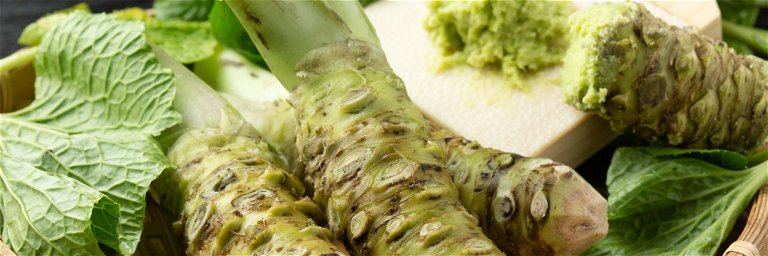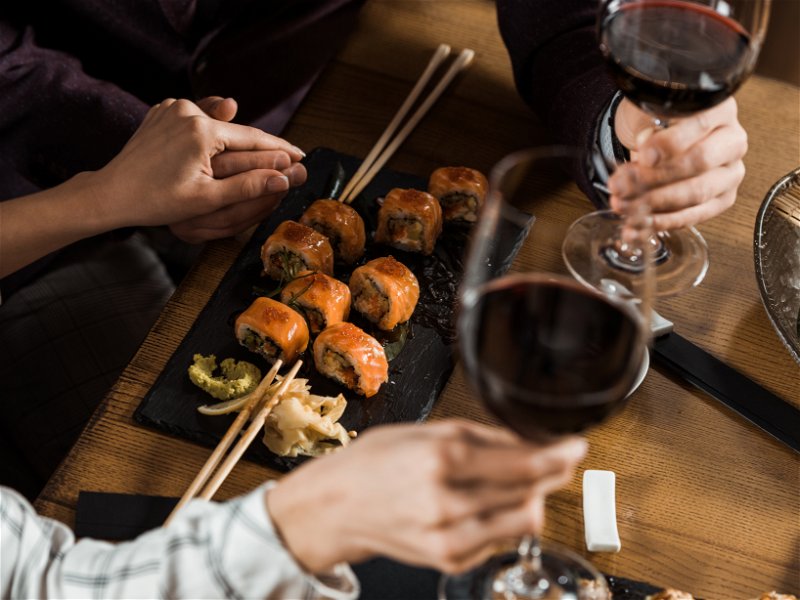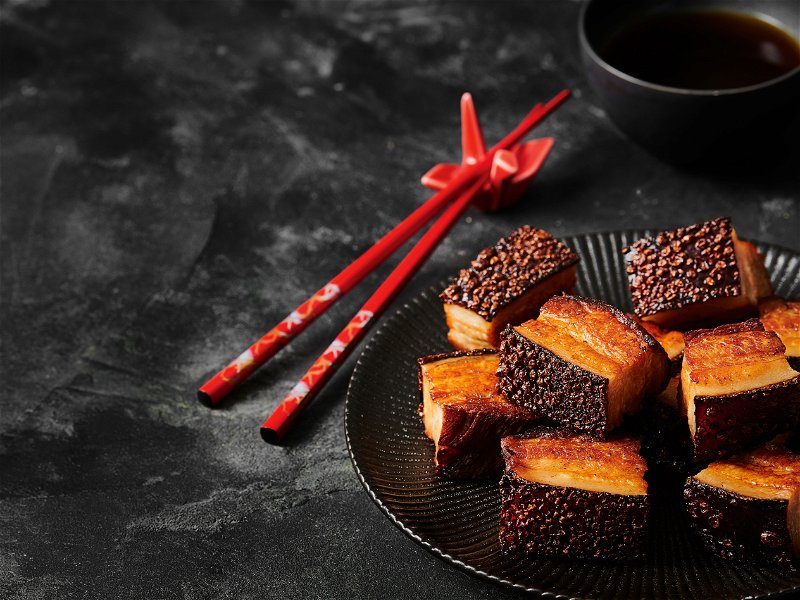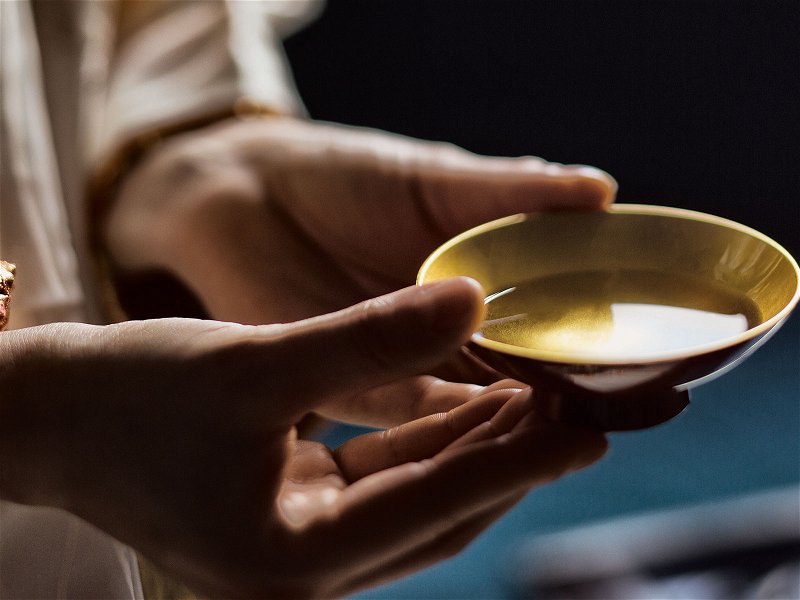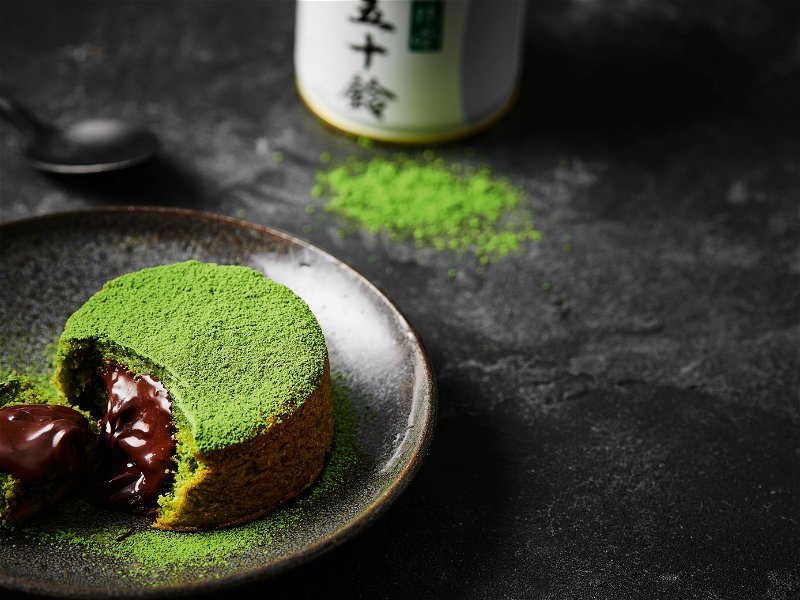Rare spiciness: Why you can hardly find real wasabi in Europe
Wasabi is considered the truffle of Japan. It's no wonder that only cheap copies are usually served in Europe.
The disappointing news straight away: the version of wasabi which is commonly served to guests in restaurants in this country, has little in common with the actual Japanese spiciness. It is actually a mixture of European horseradish powder, corn starch, mustard powder and brilliant blue and lemon yellow dyes, which give it its characteristic green color.
There is a reason for the cheating: real wasabi – Eutrema japonica in Latin – is considered a rarity even in its country of origin. Its cultivation is complicated and the root vegetable is picky. It thrives best in shady places and along clear rivers and streams; it does not like high temperatures. It can easily take three years before a root is ready for harvesting. The retail price is correspondingly high: a kilo of wasabi can cost up to 300 euros in Europe - if it is available at all. Even in Japan, real wasabi is often only found in expensive restaurants.
How close is the imitation to the original? Well, yes. Real wasabi is not bright green, but pastel green. It is characterized by a complex, fruity-sweet note and is usually not as spicy as the horseradish copy. (The fact that wasabi is referred to as "Japanese horseradish" is slightly misleading: they are only distantly related). What both have in common is that their spiciness is fleeting: wasabi does not have a long-lasting burn on the tongue like chili, but rather in the throat and nose. Speaking of volatile: real wasabi only has a short shelf life. It must be grated fresh from the tuber (on an oroshigane grater, traditionally made from dried shark skin) and can only be eaten for 20 minutes before it loses its flavor.
Wasabi was already popular in Japan around 700 AD as a medicinal plant with antibacterial properties. However, it has only been used as a condiment - especially for sushi - since the 19th century. The reason: it was believed to be able to kill the bacteria on raw fish.
Don't miss out!
Sign up now for our newsletter.
